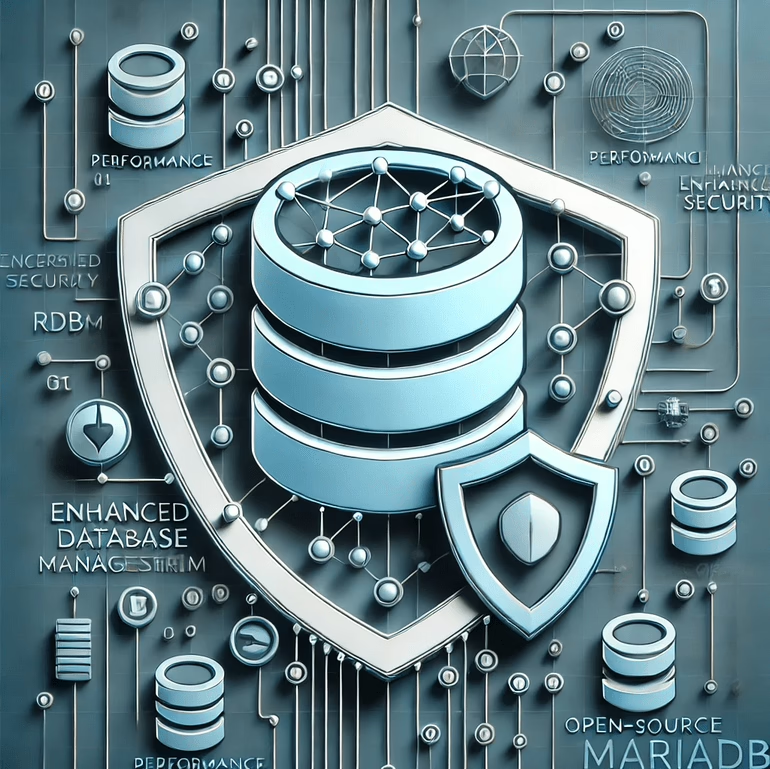Memcached:
Accelerating Web Applications with In-Memory Caching
In the digital age, where user experience and speed can make or break the success of an application, fast data retrieval is crucial. Modern web applications handle vast amounts of data, and with users expecting near-instantaneous response times, traditional database queries can become bottlenecks. This is where Memcached, an open-source, high-performance, distributed, in-memory caching system, proves invaluable.
Memcached is designed to store frequently accessed data in system memory (RAM), allowing applications to retrieve data faster than from slower, disk-based storage systems like databases. Its simplicity, speed, and scalability have made it a popular choice for accelerating web applications, reducing server load, and ensuring low-latency responses.
This blog explores the essential features, improving web application performance, and how Curate Consulting Services helps organizations adopt and optimize Memcached while connecting them with the specialized talent necessary for successful deployment.
The Power of In-Memory Caching with Memcached
At its core, Memcached is a key-value store—a type of data storage where each key corresponds to a specific value. This approach allows for rapid data access since finding and retrieving a value based on its key is a simple, lightweight operation. Memcached excels because it is an in-memory system, meaning all data is stored in RAM, significantly reducing the time it takes to read and write data.
Let’s take a closer look at how it works and why it’s so effective in improving web application performance.
Key Features of Memcached
In-Memory Storage Memcached’s most defining feature is its in-memory storage. By storing data in RAM, it allows for ultra-fast data retrieval. Accessing data from RAM can be thousands of times faster than accessing data from disk-based databases. This capability makes Memcached ideal for caching frequently requested data like user session data, database query results, or even entire web pages.
Key-Value Store Memcached is fundamentally a key-value store, meaning each piece of cached data is associated with a unique key. When an application needs to retrieve data, it simply requests the value associated with a particular key. This simplicity allows Memcached to be highly efficient and easy to integrate into various application architectures.
Distributed Architecture One of Memcached’s strengths lies in its distributed architecture. It can be deployed across multiple servers, or nodes, which work together to form a larger, scalable caching system. Each node stores a portion of the cached data, making the system horizontally scalable. As your data or user base grows, you can simply add more nodes to the cluster to accommodate the increased load.
Data Eviction with LRU Algorithm Since Memcached is an in-memory system, it has a memory limit. When this limit is reached, it uses a Least Recently Used (LRU) algorithm to evict the least frequently accessed data, making room for new data. This ensures that the most relevant and frequently accessed information remains readily available while less critical data is purged from memory.
Data Expiration Memcached allows developers to set expiration times for cached data. Once the data’s expiration time is reached, it is automatically removed from the cache, ensuring that only up-to-date information is served to users. This feature is essential for caching time-sensitive data, such as dynamic content or rapidly changing datasets.
Atomic Operations Memcached supports atomic operations on data, allowing developers to increment, decrement, or modify cached values in a thread-safe manner. This capability is useful for managing counters, session data, or other frequently changing data points without risk of race conditions.
Cache Sharding for Scalability Memcached can be configured to shard data across multiple servers. Cache sharding means each server is responsible for a portion of the dataset, distributing the workload evenly. This approach allows for horizontal scaling, making it capable of handling massive amounts of data while maintaining its fast performance.
Multi-Language Support Memcached is compatible with a wide range of programming languages, including PHP, Python, Ruby, Java, and more. This broad support makes Memcached accessible to developers working across different environments and ecosystems.
No Built-in Persistence While Memcached is excellent for caching, it does not have built-in persistence mechanisms. Data stored is temporary and will be lost if the server restarts. However, the cache can always be rebuilt from the original data source, such as a database, making it a lightweight and efficient caching solution for non-critical data.
Protocol and Performance Memcached uses a simple text-based protocol for communication between clients and servers, making it highly efficient and lightweight. This simplicity translates into high throughput, with capable of handling millions of requests per second on modern hardware.
Memcached Use Cases in Modern Web Applications
Memcached’s speed and simplicity make it ideal for several use cases, particularly where high performance and low-latency data access are crucial. Here are some common use cases where Memcached excels:
- Web Page Caching: By caching entire web pages or sections of web pages in memory, Memcached reduces the need to repeatedly query databases, significantly speeding up response times for users.
- Session Management: Memcached is often used to store user session data in web applications, allowing quick retrieval of session information without hitting the backend database.
- Database Query Caching: It can store the results of expensive database queries, allowing subsequent requests to be served from memory rather than the database, reducing load and improving performance.
- API Rate Limiting: It can be used to store rate-limiting data, ensuring that users or systems do not exceed predefined thresholds in a scalable and efficient manner.
How Curate Consulting Services Helps You Maximize Memcached
While Memcached is a powerful tool, implementing and managing it effectively requires specialized expertise. At Curate Consulting Services, we recognize that finding the right talent to manage and optimize implementations is essential for success. Our consulting services help businesses seamlessly integrate Memcached into their infrastructure while matching them with the specialized talent needed for scalable and high-performance solutions.
1. Custom Solutions for Your Business
We work closely with our clients to understand their unique needs and use cases for Memcached. Whether you need to reduce database load, speed up web applications, or implement session management systems, our consultants design custom caching strategies that ensure optimal performance.
2. Connecting You with Memcached Experts
Our extensive network of professionals includes Memcached developers, system architects, and infrastructure engineers with in-depth experience in distributed caching systems. We help you find the right talent who can seamlessly integrate Memcached into your tech stack and optimize its performance based on your specific requirements.
3. Ongoing Support and Optimization
Beyond just implementation, we provide ongoing consulting services to ensure your Memcached deployment remains optimized as your business grows. From fine-tuning cache configurations to scaling your infrastructure, we’re here to ensure that Memcached continues to deliver the performance you need.
The Benefits of Memcached for Your Business
For businesses, Memcached offers a practical, high-performance solution to handle high-traffic environments and data-heavy applications. Whether you’re managing millions of user sessions or delivering content to users in real-time, Memcached’s ability to deliver low-latency, high-speed data access is a competitive advantage.
By partnering with Curate Consulting Services, you gain access to not only industry-leading Memcached expertise but also a network of specialized professionals who can help your business achieve its performance goals. Whether you’re a startup looking to scale rapidly or an enterprise seeking to optimize your existing infrastructure, Memcached can help you improve application speed, reduce server load, and enhance user experience.
Conclusion: Leverage Memcached for High-Performance Web Applications
Memcached’s ability to store frequently accessed data in memory provides businesses with the performance boost they need in today’s fast-paced, data-driven environment. From caching dynamic web content to optimizing database queries, Memcached plays a vital role in ensuring responsive, scalable applications.












